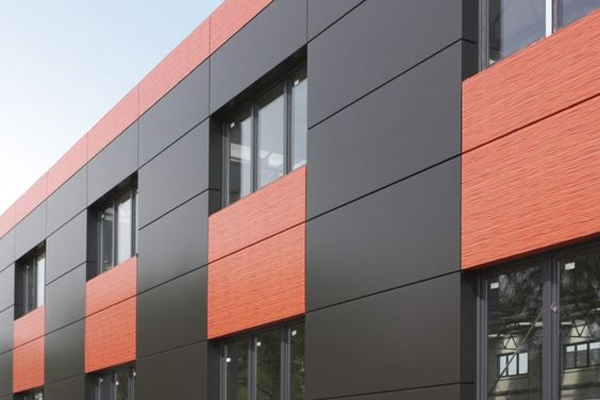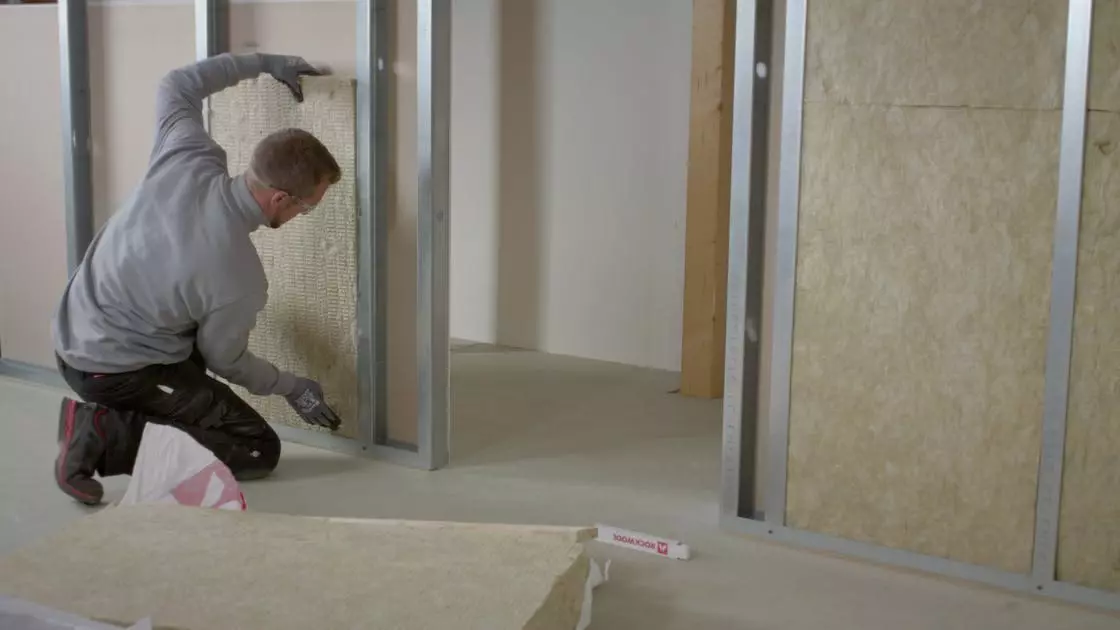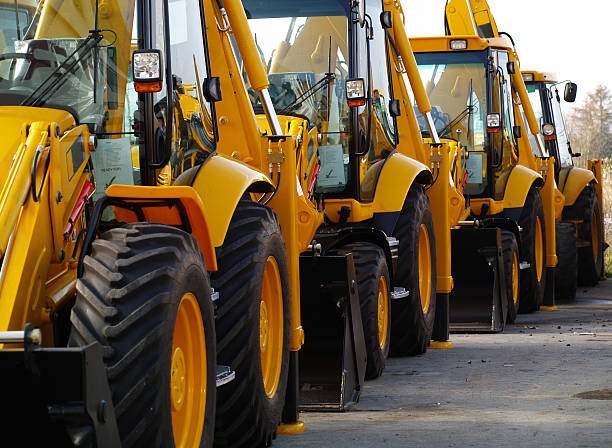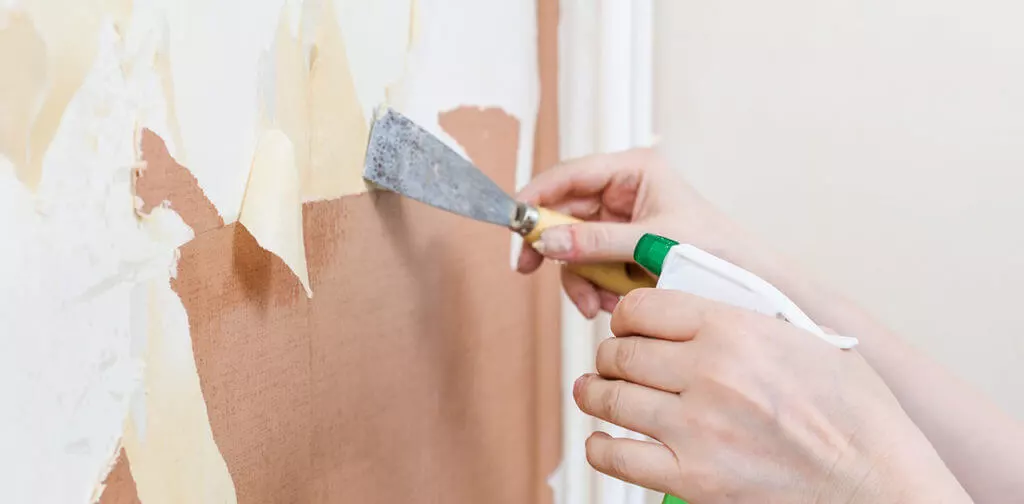Whether building an addition above your garage or converting existing space into an accessory dwelling unit (ADU), understanding utility access basics is essential in the planning process. Learn key requirements around electrical, water supply and drainage lines when creating an ADU with guidance from the experts at Carson ADU. Here are some key things to know about ADU utility requirements:
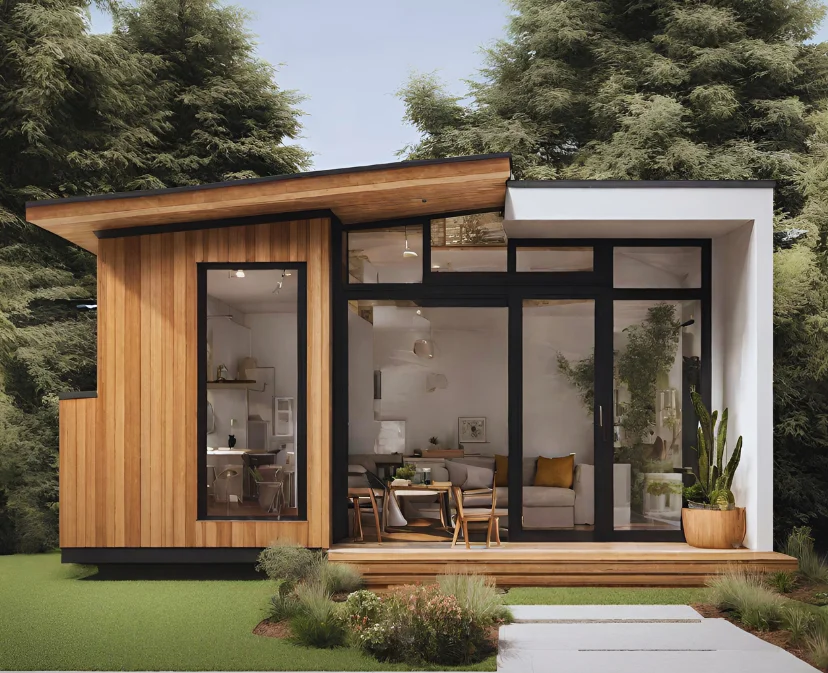
Content
Electrical Service
An ADU will need its own electrical panel and meter separate from the main house. This allows for proper monitoring of electricity usage in the ADU and ensures adequate power supply to both units. Installing a new electrical service for an ADU involves trenching, running wiring underground to the new panel location, acquiring permits, and scheduling inspection by the utility company. Costs vary greatly based on site conditions and distance, but budget $5,000-$12,000 for a new electrical hookup.
Alternatively, in some cases, the electrical load of the ADU can be added to the main house panel if there is enough capacity. This avoids the cost of a new utility connection, but electrical usage by the ADU resident then cannot be separately measured or billed.
Water Supply
Like electricity, an ADU will need its own water shutoff and meter connected to the main water supply line. This allows for proper monitoring of water usage. The water line feeding the ADU needs to be adequately sized to provide enough flow and pressure. Installing a new water lateral with meter typically costs $4,000-$8,000.
Sewer/Septic
An ADU must have approved wastewater removal, either through connection to the municipal sewer system or via a septic system. For a municipal tie-in, the ADU will require a separate sewer lateral if the main house is at capacity. A new sewer lateral installation averages $4,000-$8,000.
Gas Service
If the property uses natural gas, the ADU will need its own gas meter and connection to the gas main lines. Gas lateral installation costs typically run $2,000-$4,000. If feasible, adding the ADU to the existing gas line of the main house is another option, but then gas usage cannot be separately billed.
Permitting
All new utility connections will require plumbing, electrical, and construction permits from the local municipality. The utility companies will not initiate service until the permitted work has been inspected and approved. ADU permit fees are typically a few thousand dollars depending on the extent of the utility work needed.
Regulations and Permits for ADU Utilities
Navigating the regulations and permits for ADU utilities can feel like a maze, but it’s essential to ensure compliance and safety. Let’s delve into some key points to consider:
1. Building Codes:
- Different regions have specific building codes that dictate how utility connections in ADUs should be installed.
- It’s crucial to follow these codes to ensure safety and functionality.
2. Permitting Process:
- Before making any utility connections in your ADU, you’ll likely need to obtain permits from the local building authority.
- Permit requirements can vary, so it’s wise to consult with a professional or the local permitting office.
3. Inspections:
- Inspections are often required at various stages of the utility connection process to verify compliance with regulations.
- Failing to pass inspections can result in delays and additional costs, so it’s best to adhere to regulations from the start.
4. Utility Provider Guidelines:
- Utility providers may have specific guidelines for connecting ADUs to their services.
- It’s essential to communicate with utility companies early on to understand their requirements and avoid potential issues.
By understanding and adhering to regulations and permit requirements for ADU utilities, homeowners can navigate the process smoothly and ensure that their accessory dwelling units are safe, functional, and compliant with local laws.
Properly providing utility services to an ADU involves understanding the options, costs, and regulatory requirements. Hiring qualified design professionals to handle permitting and coordination with the various utility companies is recommended. With proper planning, the utility costs can be managed while still realizing the benefits of adding an ADU.

Wesley is a home improvement blogger who strives to improve his life and the lives of others. He provides homeowners with helpful tips on how to renovate their homes. His goal is not only to provide easy-to-follow instructions, but also share his own personal experiences for those seeking guidance.

